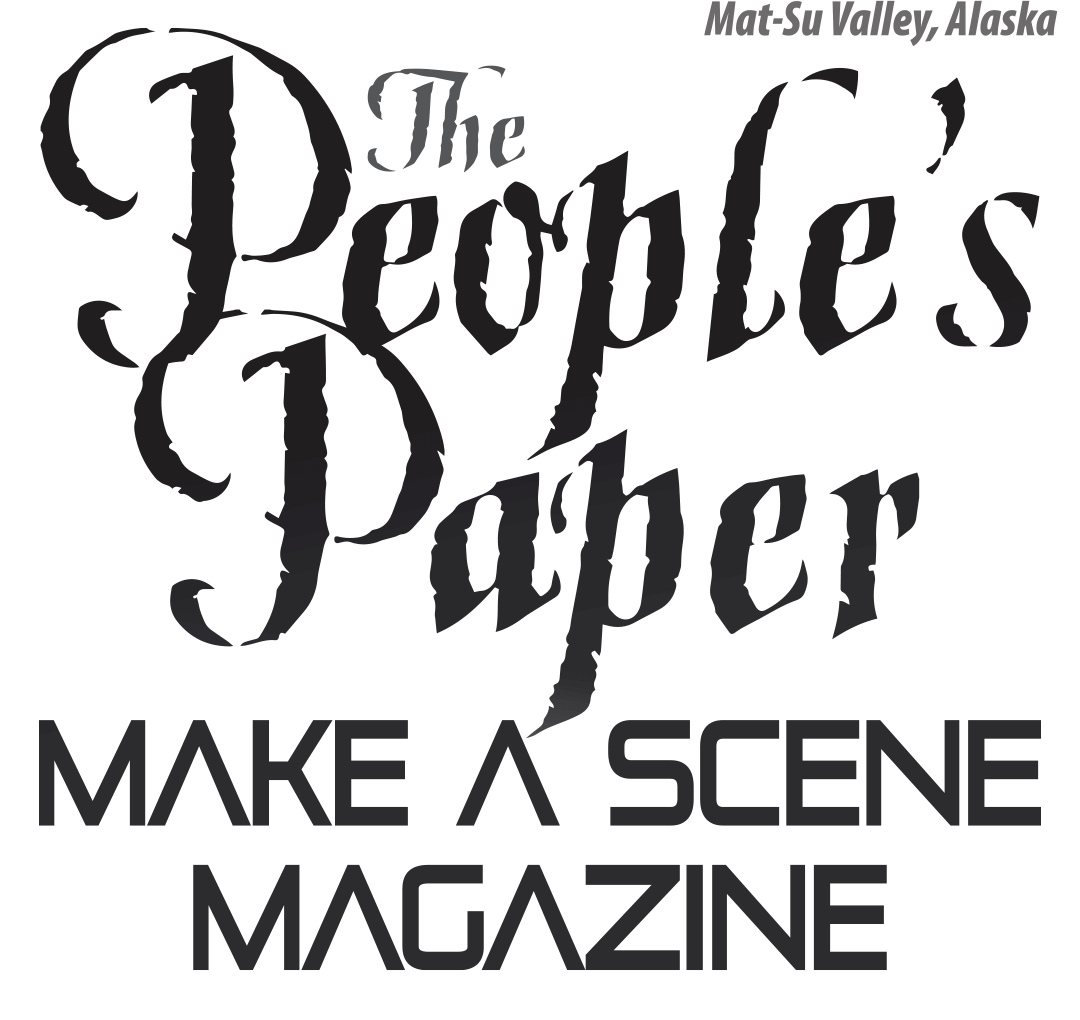Contributed by Joanne MacClellan
From tiny orphaned baby birds to stately red-tailed hawks, the volunteers of AWBR work hard to fulfill the mission of our organization. We rehabilitate injured and orphaned birds, and release them back into the wild. We educate the public about these birds and their habitats. We are a 501(c)(3) non-profit corporation EIN #14-1958727, organized in the state of Alaska, and operate under permits from the US Fish and Wildlife Service for education and for rehabilitation, and are also permitted by the Alaska Department of Fish and Game.
Through our efforts, many passerines have been rescued, rehabilitated at our Center, and released back into the wild. Thousands of children and adults have been introduced to our resident education ambassadors, and have learned about birds and the environment we all depend on.
If you would like to be part of this unique hands-on experience with wild birds, we invite you to join us. Quite simply, we can’t do it without you.
Bird Rehabilitation
Our rehabilitation functions include hand feeding of baby birds, caring for, treating sick or injured wild birds, cleaning cages and assisting in daily care of the Center. We provide the hands-on care so necessary to our patients. During baby bird season, the work largely centers on hand-feeding babies and juveniles, and preparing them for release. However, injured birds are in need of treatment year-round. We have an excellent veterinarian who works with us, and follow-up care is performed at the Center.
Volunteers in our rehabilitation program will have the opportunity to work with birds of many species as you learn how and what to feed them. Requirements: Be reliable, be 18 or older, be a team player, be willing to learn and be willing to get dirty.
Education Birds
Everyday volunteers come into the Center to clean and feed the birds housed at our facility. These are birds that have recovered from an injury but have sustained permanent damage, making them incapable of surviving in the wild. Volunteers are responsible for keeping the birds fed and cleaning their mews. We work with these raptors, making sure that they can be comfortable going out in the public; our daily contact is a help with this goal. Volunteers keep a close eye on the condition of the birds, making sure that they are safe and providing an enriched environment for their everyday lives.
Participants in this program have a uniquely rewarding opportunity to closely work and interact with birds usually observed only from a distance.
As they advance, volunteers can learn how to safely handle the birds on their gloved fist. They learn to work with the birds so they can be comfortable going out in the public, sit on a handler’s fist and enjoy being the center of attention. After successfully completing our training, volunteers will be able to present these wonderful birds at educational events.
Birds and our Community
We always love help sharing an enthusiasm for and knowledge of birds, enlisting community and business support and spreading the word about our programs. We depend on people of all ages and backgrounds. And no, you don’t have to know a lot about birds to get started! Keeping the program going requires lots of volunteer hours.
You can help in many other vital areas, such as facilities construction and ground maintenance. We can always use help with administrative tasks, and with outreach and education efforts.
Volunteer
Bring your skills, interests and enthusiasm. Jo Walch, the Volunteer Coordinator, says, “We are always in need of more help.” Call 892-2927 to volunteer or get more information.





